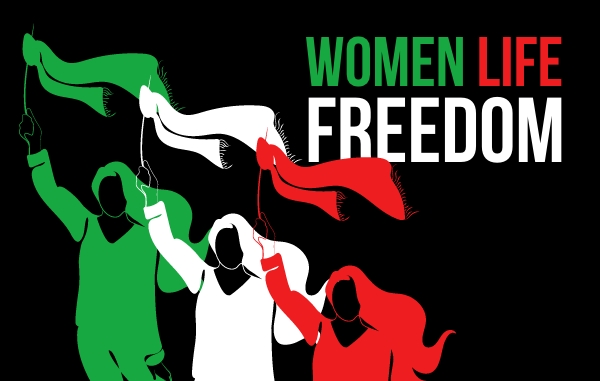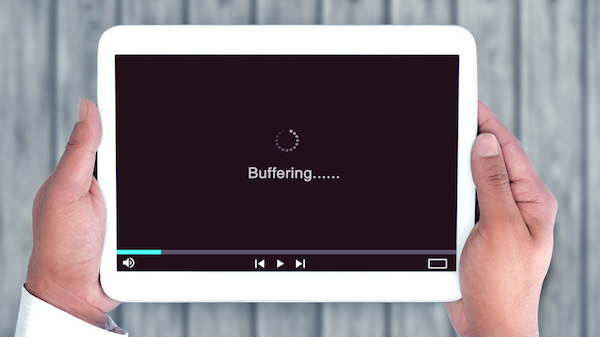BLOG
The Power of Women in Iran - A Behavioral Science Angle
"As an Iranian-American, the current movement in Iran is very close to my heart and has kept me up many nights over the past weeks. As I went to high school in Iran, I’ve experienced the dictator’s oppression first hand and understand how it feels having to act in accordance with his rules – or face the consequences. I’m incredibly proud of the protesters, and especially Iran’s women, for their courage and strength to stand up for their human rights, not just in Iran but everywhere in this world."
- Shirin Oreizy, Founder & CEO of Next Step

A Shock To Us, Normality For Iran
The videos and news that have trickled through to us from Iran may be shocking and terrifying to the rest of the world, but in reality, they show the violence and unfair treatment that Iranian people have been facing for a long time. The recent events prompted us to get a better understanding of the current protests in Iran and explore how behavioral science and psychology explain and predict behavior of social movements.
What’s Happening?
The current protests in Iran were sparked after the brutal death of Iranian-Kurdish woman, Mahsa Jina Amini (22), by Iran’s “Morality Police.” Her crime? Not wearing Iran’s mandatory hijab properly. After decades of suppressed furor over the regime’s authoritarian grip on women, marked by the occasional and brief uproar, thousands of Iranians have taken to the streets in protest. In a country known for its ruthless approach to stifling dissent, including killing children as young as ten and terrorizing high schools and universities, this is perhaps the bravest thing its citizens can do.
Since Mahsa’s death, thousands of Iranian women have rejected the country’s strict dress codes and Khamenei’s brutal regime by burning their head scarves on the streets and shouting “Women, life, freedom!” And while their movement has seen resounding support across the world, it has also meant that Mahsa’s death has become one among 500, and possibly even more. Previous movements in the past resulted in similar mass killings and arrests - and no political change.
What’s Different This Time?
Today’s protesters don’t ask for the lift of regulations anymore, they demand the death of the dictator and a whole new system. The current protests have lasted for months and have spread across classes, religions, and ethnicities. And whilst many celebrities and national heroes have openly supported the movement, Khamenei’s calls for counter demonstrations and protests have not been answered.
The most remarkable difference, however, is that this movement, for the first time in the Middle East, is led by women. Tired of being controlled, Iran’s new generation of women have united and stood up against the violation of their human rights. And with them, many others. Most of them are young students, using social media to spread the word and motivate others to join them.
Smart, Educated, Unemployed.
Universities have been a main hub for the movement. Over the past decades, Iranian women have outnumbered and excelled men in higher education. Since 2012, however, over 75 universities restrict women’s access to courses because of “a lack of employer demand.” Indeed, one of the biggest challenges for Iranian women is to find work after graduating. Less than 20% of Iran’s labor force is female – with much lower numbers in STEM professions and leadership positions. Men are still prioritized by organizations and the patriarchal system suggests that women should primarily focus on their roles as wife and mother. Will it change?
Who Is Motivated to Protest
Grievance theories in psychology suggest that inequality and perceived injustice lead to feelings of “relative deprivation.” Especially the experience of “fraternalistic deprivation,” the shortcoming of a group in comparison to another, is very powerful in leading to protest. When one’s group experience also affects one’s personal experience, the motivation to protest increases even further. Iranian women experience both personal and fraternalistic deprivation from their inferior treatment to men in their own country, and when comparing themselves to women in Western societies. If anyone wants to get on the street and demand change, it’s them.
The Power Of Groups
Beyond feeling deprived and angry, what has likely ignited the current protests is a new sense of group membership. As humans, we have the need to belong. When we share the same fate as others, feel similar to them, and have a common goal, we start to develop a sense of group identity. Group identification, in turn, leads to further alignment in thinking, feeling, and acting, and is a powerful motivator for protest. Not only does group identification increase our sense of efficacy and thus, expectations of a positive outcome, it also generates an inner obligation to act like a “good” group member. Seeing other women in her city or country stand up, shows the Iranian woman that she’s not alone with her thoughts and feelings and that there is a group that she identifies with; she just needs to join their actions.
Videos of violence, injustice, and protests on social media have probably helped to trigger a sense of both fraternalistic deprivation and group membership in Iranian women and hence, supported the growth and continuation of the movement. If this strong sense of belonging and a common goal can be maintained, Iran’s women are unlikely to stop any time soon.
Every Big Change Starts Small
People tend to comply and go with what the majority does. But how can the views of a minority influence and change the majority? How did the initially small group of young Iranian women convince so many others that they should proactively challenge the regime?
Research on social influence suggests that for a majority to accept a new view, the minority has to be consistent and confident in their statements and actions. That way, the majority starts to re-examine their own views and wants to understand what makes the minority so sure of theirs.
In this case, the conscious processing of the protesters’ arguments has been coupled with emotional influence making it even more powerful. Social media has also helped to keep emotions like anger and frustration high and has been fuelling the motivation to keep fighting.
Moving to Action:
How Can We Support the People of Iran?
Iran’s women have already mobilized a second revolution, and their consistency and strong conviction have motivated so many others to join. But, as global citizens, I believe it is our collective responsibility to help them reach their goals. So, how can you and I help them to reclaim their human rights?
1. Stay up to date and spread awareness by following trusted sources, such as The Economist or FiveThirtyEight, and share this newsletter and social media posts in your own channels.
2. Sign a petition, like this one: Speak up against killing Iranian Women #MahsaAmini.
3. Use your political power and join a protest in your city. Middle East Matters (MEM) has been posting on their social media channels where and when protests take place. Follow them on Twitter or Instagram to stay up to date.
4. As a U.S. citizen, you can also ask your congressman to vocalize their support for the protests in Iran. You can find out who and how to contact them by visiting house.gov/representatives and senate.gov.









